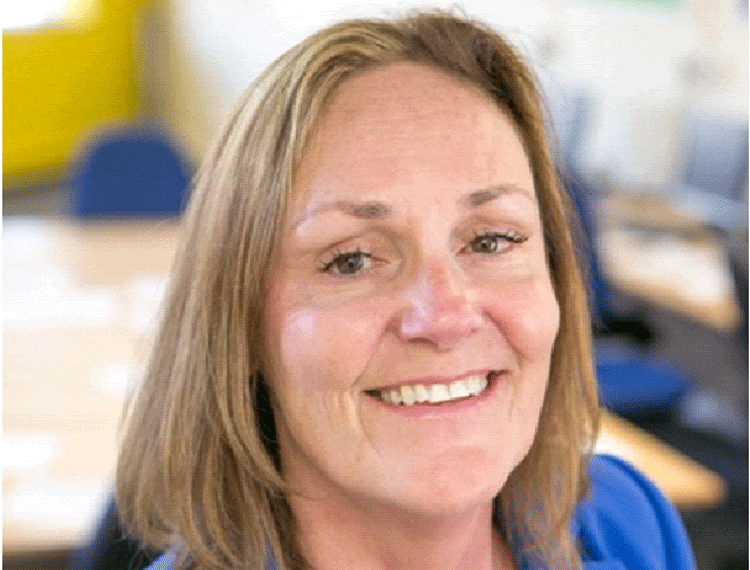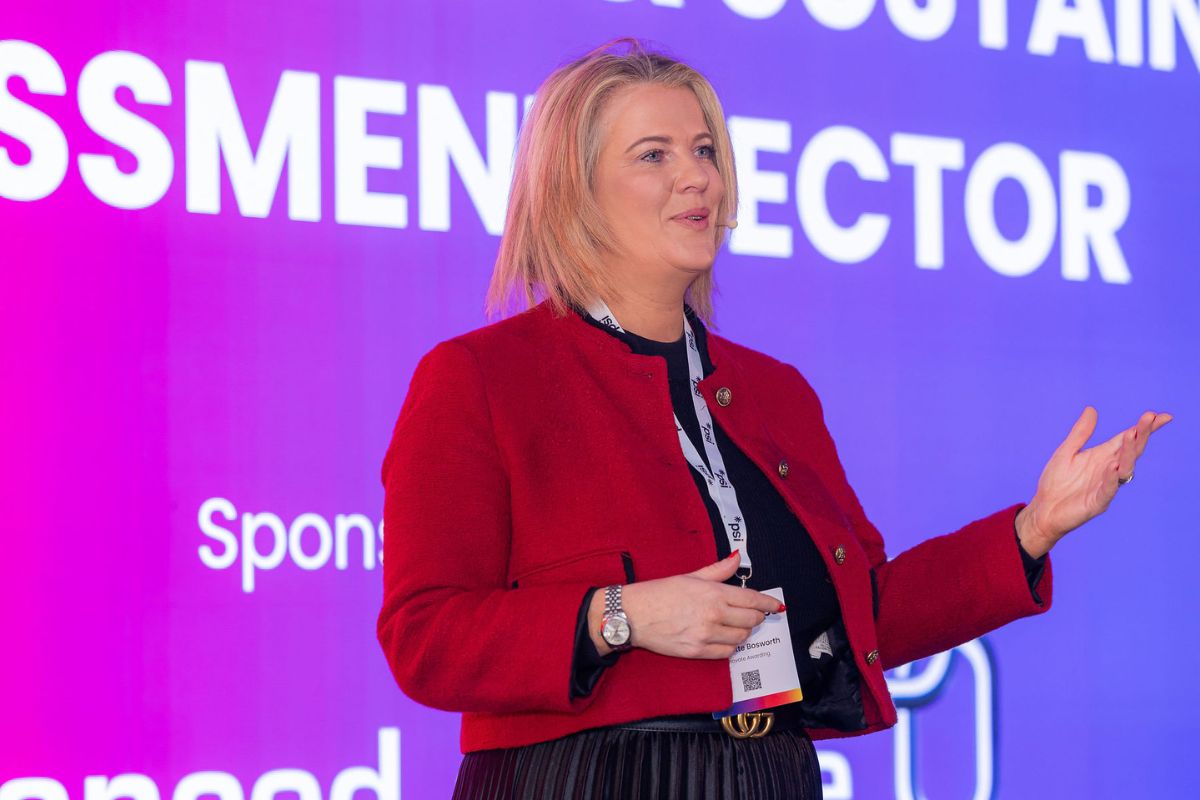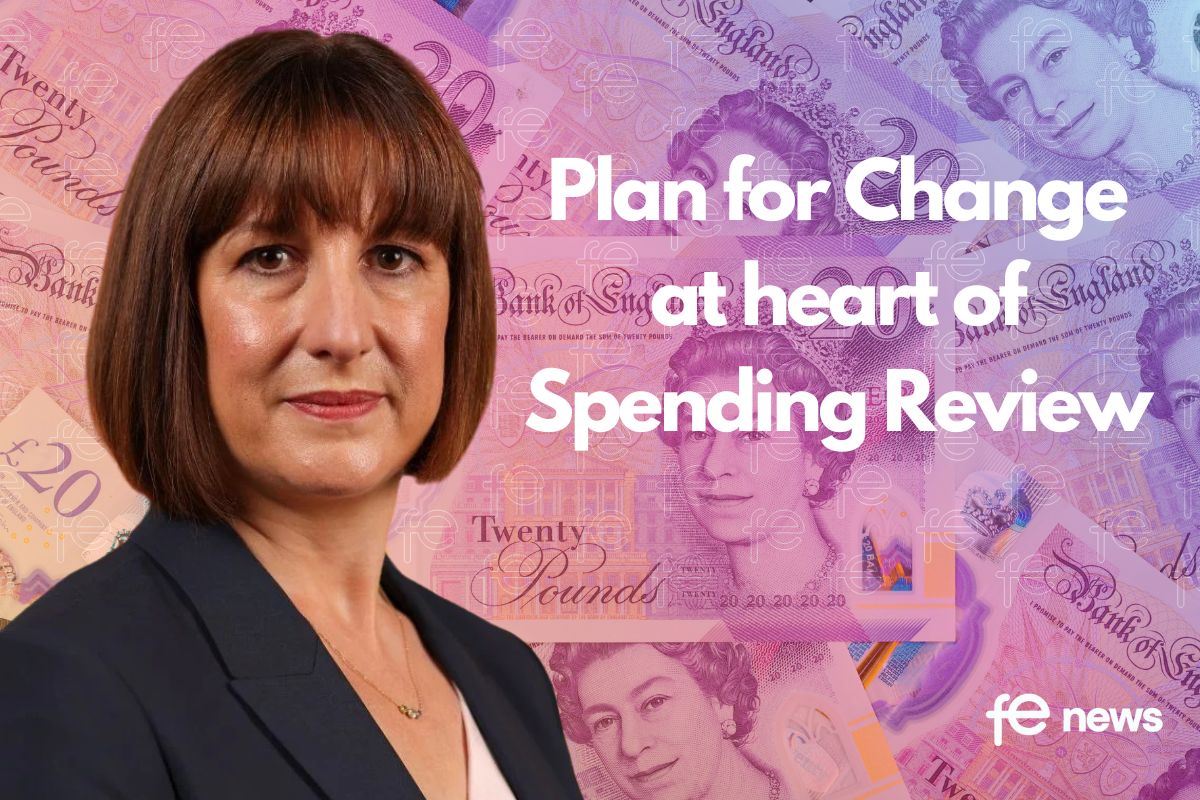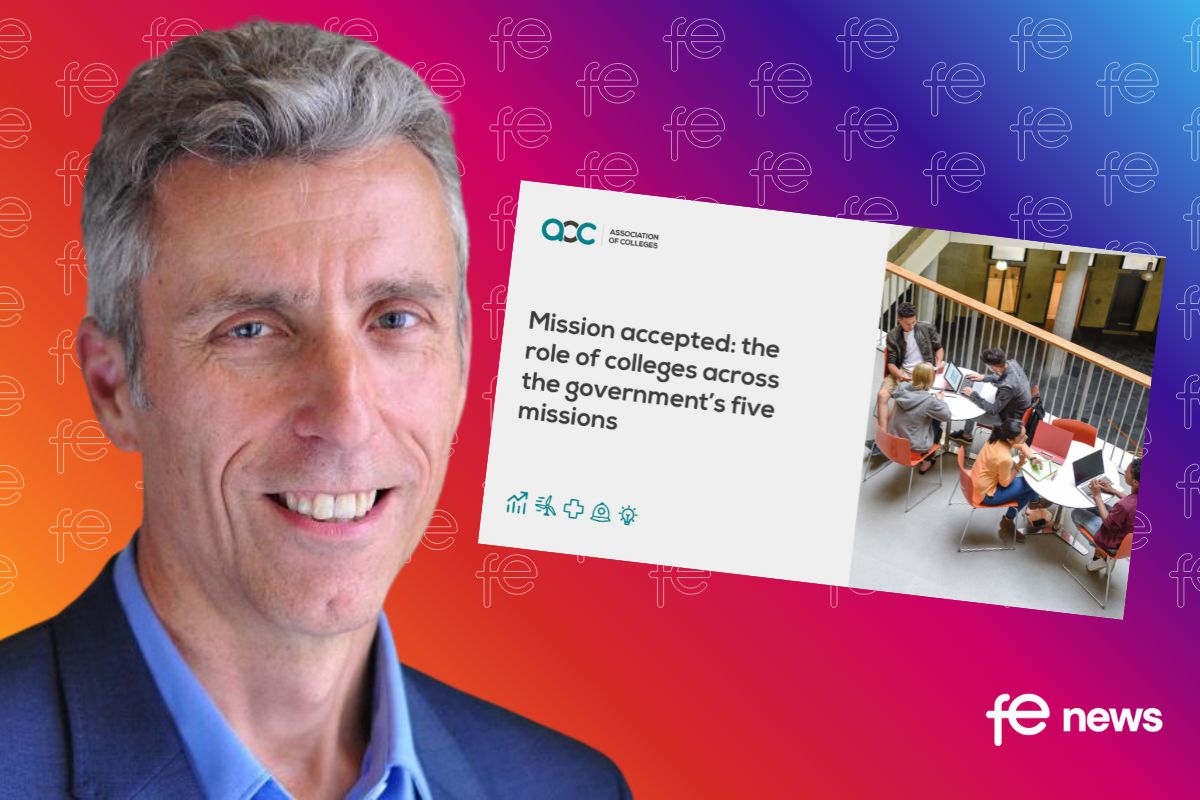Practical help for end-point assessors and on-programme assessor / coaches

This is an update to my last article on the changing role of assessors within new apprenticeships. The pointers below are based on the CPD courses I run for teachers, trainers and assessors, the messages I receive, and the discussions on the Linkedin group I manage which has over 5,000 members and is for assessors, IQAs, EQAs and vocational trainers.
If you are thinking of becoming an end-point assessor …
- Requirements for end-point assessors vary: all apprenticeship standards and assessment plans are different; there’s no consistency now that they are linked to occupations and are specified by employers. Some require assessors to hold a current qualification while others don’t.
There are still occupations where standards and/or assessment plans have yet to be approved. You can check yours here.
- Even if the assessment plan doesn’t state the need for a qualification, don’t rely on your assessment experience and/or assessor qualification to get you a job as an end-point assessor. Approved Apprenticeship Organisations (AAOs) s have started recruiting end-point assessors and, in addition to a qualification, are asking for evidence of an up-to-date CPD record that shows you have had recent, relevant industry or occupational experience and that you have kept your assessment practice up-to-date. You’ll need to keep up to date to maintain your occupational currency, for example, by spending a period of time working on the job (established occupations such as hairdressing already require assessors and trainers to do this).
You will also be required to attend training on how end –point assessment (EPA) will work for particular occupations. This may be in the form of face-to-face sessions, online webinars or a blended approach. Make sure you understand the change of assessment approach from evidence-based to synoptic and that you know what this means for the apprenticeships you will be involved with.
(Remember though, where there’s a qualification involved as part of the on-programme requirements, evidence-based approaches are still relevant.)
- Emerging models between AAOs and centres concern partnership working. In practice, this means AAOs paying their approved centres for access to your services and expertise as assessors if they have spare capacity. However, there is a shortage of end-point assessors with the necessary industry knowledge and experience of assessing (particularly at higher levels) so if you are experienced you may be able to (re)negotiate your terms and conditions. AAOs are currently recruiting for end-point assessors in occupations where standards and assessment plans have been approved so compare rates of pay and go directly to the AAO if necessary.
- The term ‘generic’ assessor is sometimes used for those assessing low-level qualifications across a number of occupational areas. There is no place for a generic assessor within end-point assessment. You need to demonstrate relevant experience and the ability to carry out robust assessment in the specific occupation you are assessing.
If you are thinking of becoming an on-programme assessor/coach …
- You may still be required to assess as you do now if there’s a qualification involved. The assessment plan tells you whether or not the apprentice has to achieve a qualification: for example, some assessment plans specify that the apprentice only needs to attempt a qualification at a particular level.
AAOs have to produce guidance and resources to help but these can be assessment-oriented (mapping tools, mock tests, progress monitoring) rather than teaching and learning resources. If you are hoping to become an assessor/coach, your role will involve managing the individual’s progress, and coaching them where needed. You need to think in terms of ensuring the apprentice is acquiring the necessary skills, knowledge and behaviours as set out in the apprenticeship standard. Remember, your apprentice needs to have learned something and be able to apply her/his knowledge, skills and behaviours before you assess summatively.
- You will need to follow a formal curriculum of teaching, learning and assessment to ensure the apprentice covers the whole apprenticeship standard and meets any gateway requirements. Practising for end-point assessment also needs to be introduced gradually so that the apprentice gets used to performing under test conditions and/or having their knowledge and performance assessed independently by assessors they have not met before.
- If you are responsible for apprentices’ progress, you’ll need to work with each apprentice and agree individual learning programmes with specific targets to do with improving performance. You will also need to employ formative strategies for gauging progress, giving feedback, setting targets and agreeing how these will be met.
- Think in terms of managing the learning process and making the apprentice’s learning and progress visible to them and the employer. (Making what you do relevant and visible to the employer is very important indeed as they are paying for your services via the apprenticeship levy and will want to know what you are doing to add value to their business.) This means adopting a one-to-one coaching approach and using formative assessment strategies to ensure the apprentice knows how well they are progressing. It also means starting from the work task the apprentice is currently involved in and making the links to other parts of their programme such as their Functional Skills learning. Involving the employer in choice of work tasks and adapting learning projects to meet business objectives are ways of making teaching, learning and progress relevant and visible to them.
- You may have a teaching qualification, but ask yourself honestly whether or not you have the right experience to deliver new apprenticeships. If you haven’t planned and delivered formal teaching or coaching, get some experience and/or update your AET to either the CET or DET. There are forward-thinking training providers that have arranged for their assessors and trainers to go in to employers’ premises and gain industry knowledge in exchange for teaching, mentoring and/or assessment services. Ask your provider for help.
- Finally, don’t put up with a provider that insists their ways are best if your professional knowledge and experience tell you otherwise (for example, if you are given an impossible caseload, or are expected to deliver the whole standard with little or no support). Some use the jigsaw approach when putting together their offer to employers. This means they outsource the teaching, assessment and/or quality functions at fixed rates without detailed knowledge of what’s involved. Instead, find employment in an organisation where your professionalism will make a difference, your expertise is valued and you can gain the necessary CPD needed if you are to become a successful end-point assessor or on-programme trainer.
Glossary
AAO (Approved Assessement Organisation) is one that has been approved to offer end-point assessment for specified apprenticeship standards.
AET: The Award in Education and Training, an entry-level qualification aimed at those entering the teaching/training profession.
CET: The Certificate in Education and Training, a Level 4 qualification.
DET: The Diploma in Education and Training, a Level 5 qualification.
EPA (End-point assessment): assessment that takes place independently at the end of an apprenticeship.
Gateway requirements set out what the apprentice must achieve before proceeding to end point assessment.
RoATP (Register of Approved Training Providers) is the register of training providers approved to deliver apprenticeships.
Synoptic assessment versus evidence-based assessment: synoptic assessment is a‘snapshot’ of the apprentice’s competence across the knowledge, skills and behaviours within an apprenticeship standard and is carried out by an independent, end-point assessor(s) at the end of the apprenticeship. Evidence-based assessment may still be needed on apprenticeships where the assessment plan specifies that the apprentice has to achieve a qualification. If this is the case, then the person assessing might also be the apprentice’s coach.
![]()
About the author
The best assessor’s guide: apprenticeships edition (2016) is an updated edition of her best-selling guide aimed at those delivering and assessing apprenticeships and vocational qualifications. It explains approaches to vocational assessment using real examples from new apprenticeships and existing vocational qualifications. You can buy Hilary’s guides here.
Hilary is running a CPD conference for practitioners with Ann Gravells in central Leeds on June 9th. Gavin O’Meara from FE News is a keynote speaker and exhibitor. Book your place here.











Responses